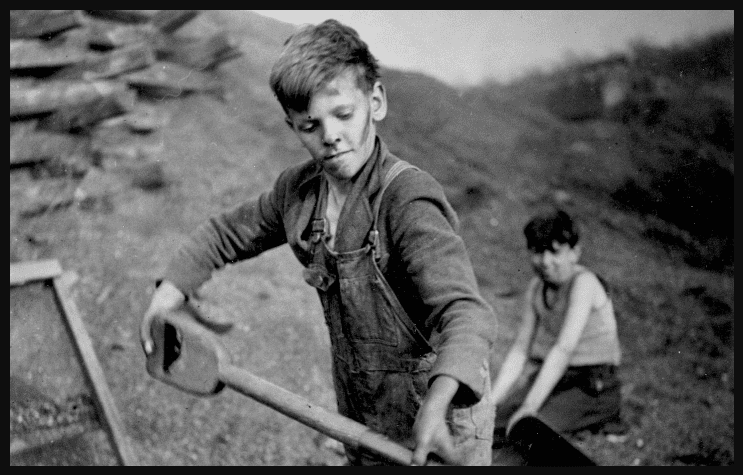
Powered by Froala Editor
Child labor
Powered by Froala Editor
Child labor, an unfortunate reality for many children in the United States, is a multifaceted issue influenced by many factors. Key causes of juvenile exploitation often stem from economic circumstances, societal pressures, and gaps in the legal and regulatory framework.
Poverty is a predominant catalyst, forcing families to send their children to work to survive. It's a vicious cycle where the immediate financial gain from child labor trumps the long-term benefits of education.
Moreover, cultural and societal norms sometimes condone underage drudgery. Some communities, particularly in agricultural or family-run businesses, consider it a part of a child's upbringing, blurring the lines between teaching life skills and exploitation.
Finally, despite stringent labor laws, some industries exploit legal loopholes. For example, exemptions exist for family farms and certain age groups in agriculture, a sector with a high prevalence of juvenile exploitation.
Measures To Stop Child Labor
Tackling child labor necessitates holistic measures that address its root causes. Improving access to quality education, particularly in underprivileged areas, can divert children from the labor market. Implementing stricter enforcement of labor laws and closing regulatory loopholes would make it harder for industries to exploit child labor.
Moreover, societal awareness plays a crucial role. Public education campaigns about the detriments of child exploitation can shift cultural perceptions and norms. Finally, providing financial support to impoverished families could decrease the economic necessity for child labor.
Through these measures, it is possible to safeguard the rights and futures of children across the United States.
Powered by Froala Editor